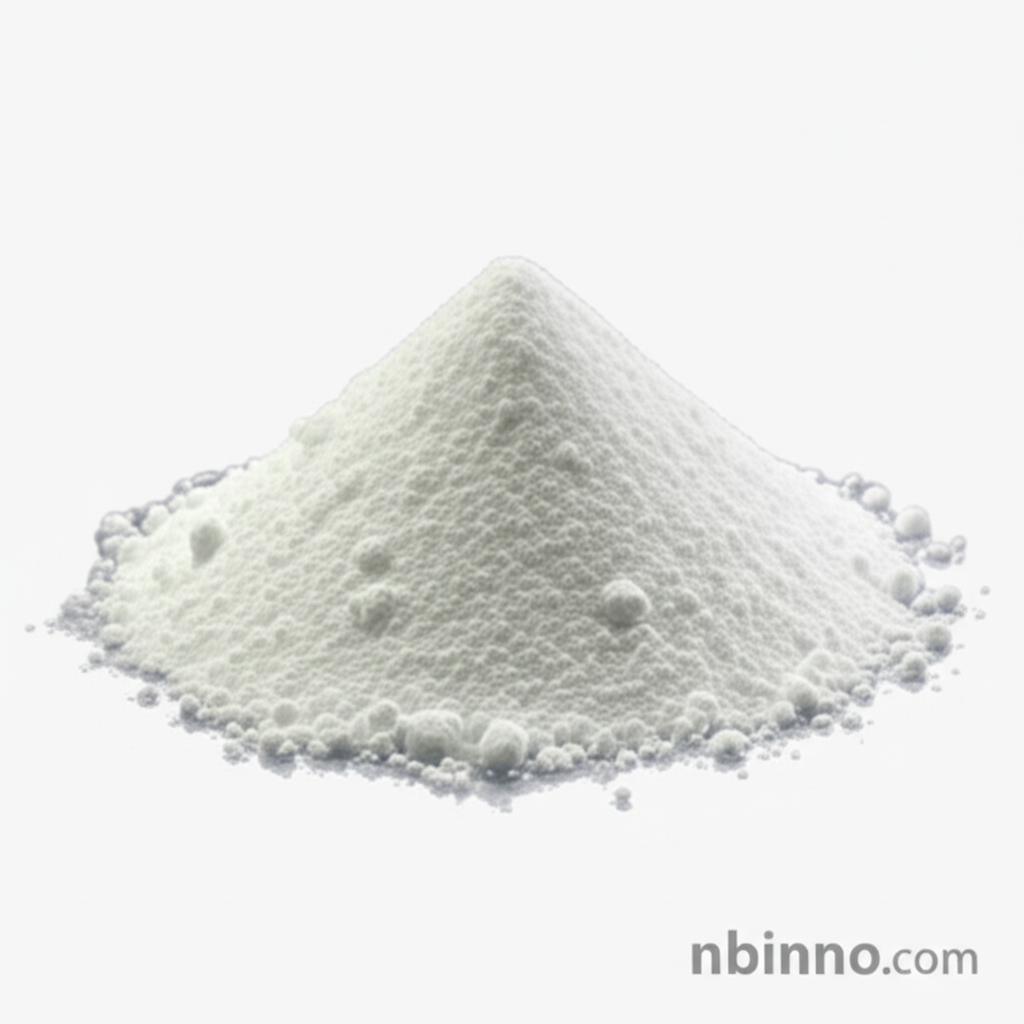4-Methylphenyl Isothiocyanate: Synthesis, Applications, and Biological Activity
Explore the comprehensive properties, synthesis methods, and diverse applications of this vital organic intermediate.
Get a Quote & SampleProduct Core Value

4-Methylphenyl Isothiocyanate
An essential organic synthesis intermediate, 4-Methylphenyl isothiocyanate serves as a versatile building block for various complex molecules. Its unique isothiocyanate functional group allows for diverse reactions, making it invaluable in chemical research and development.
- Leveraging its role as a key organic synthesis intermediate, researchers utilize 4-Methylphenyl isothiocyanate for crafting intricate chemical structures.
- Discover the diverse applications of 4-Methylphenyl isothiocyanate, ranging from pharmaceutical intermediates to specialized capping agents in biochemical processes.
- Explore the antimicrobial and anticancer properties of 4-Methylphenyl isothiocyanate, highlighting its potential in medicinal chemistry and therapeutic development.
- Understand the reactivity of 4-Methylphenyl isothiocyanate through its interactions with nucleophiles, leading to the formation of thiourea derivatives and other valuable compounds.
Key Advantages
Versatile Synthesis Intermediate
As a crucial organic synthesis intermediate, 4-Methylphenyl isothiocyanate is fundamental for building complex molecular architectures. Its structural features enable a wide array of chemical transformations.
Dual Biological Activity
The compound exhibits significant antimicrobial and anticancer properties, making it a subject of intense research for novel therapeutic applications. Its ability to modulate biological pathways is a key advantage.
Broad Application Spectrum
From serving as a pharmaceutical intermediate to acting as a capping agent in protein studies, 4-Methylphenyl isothiocyanate demonstrates remarkable versatility across different scientific disciplines.
Key Applications
Organic Synthesis
4-Methylphenyl isothiocyanate is instrumental in the synthesis of various organic compounds, particularly heterocycles and thiourea derivatives, contributing to advances in chemical research.
Pharmaceutical Intermediates
Its structure makes it a valuable intermediate in the pharmaceutical industry for the development of new drug candidates and therapeutic agents.
Biochemical Research
Used as a capping agent, it plays a role in protein sequencing and analysis, aiding researchers in understanding protein structures and functions.
Materials Science
The compound's reactivity and structural stability make it relevant for exploration in materials science research, particularly in the development of novel functional materials.
